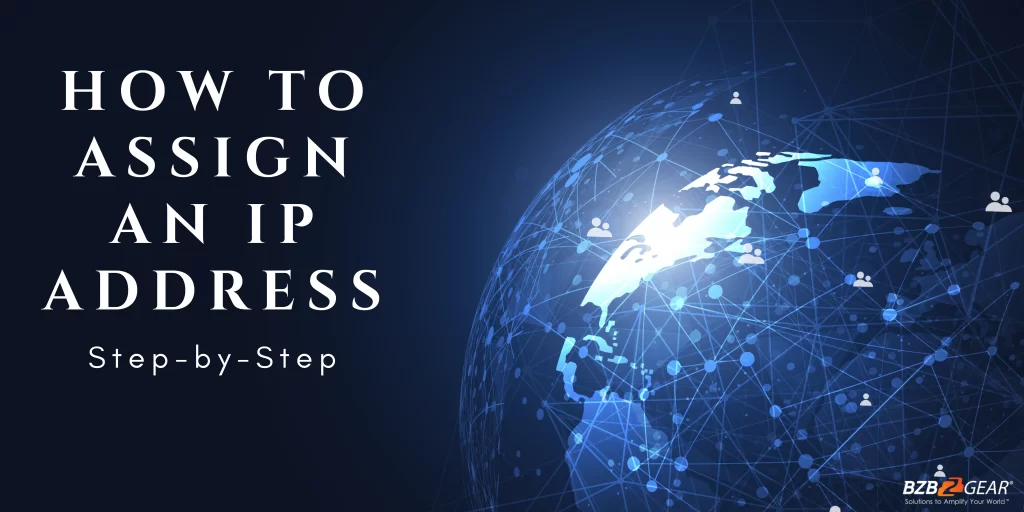How to assign an IP address to a device

First off, let's start with the basics. An IP address is a unique identifier assigned to every device that connects to a network. This allows devices to communicate with each other and access the internet. Without an IP address, your device is essentially invisible on the network.
So, how do you assign an IP address to a device? Here are the steps:
Step 1: Determine the network address
The first step is to determine the network address of the router or switch to which the device will connect. This is usually a series of four numbers separated by dots, such as 192.168.0.1 or 10.0.0.1. You can usually find this information in the router's network settings or switch.
Step 2: Determine the subnet mask
A subnet mask is a number that determines the size of the network that the device will connect to. It is usually given as a series of four numbers separated by dots, such as 255.255.255.0. This number is used to divide the IP address into two parts: the network address and the host address.
Step 3: Determine the range of available IP addresses
The router or switch is configured to assign IP addresses to devices on the network from a range of available addresses. This range is usually determined by the subnet mask. For example, if the subnet mask is 255.255.255.0, then the range of available IP addresses is from 192.168.0.1 to 192.168.0.254.
Step 4: Assign a static IP address
If you want to assign a specific IP address to the device, you can assign a static IP address. This is useful if you have a device that needs to always have the same IP address. To do this, you will need to enter the IP address, subnet mask, and default gateway into the device's network settings.
Step 5: Enable DHCP
Alternatively, you can set the device to use Dynamic Host Configuration Protocol (DHCP) to automatically obtain an IP address from the router or switch. This is the default setting for most devices and is often the simplest option. DHCP allows the router or switches to assign an available IP address to the device when it connects to the network.
Step 6: Test the connection
Once you have assigned an IP address to the device, test the connection by attempting to connect to the internet or other devices on the network. If everything is working properly, your device should be connected and ready to go!
Assigning an IP address to a device is essential in getting it connected to a network. Whether you choose to assign a static IP address or use DHCP, the process is relatively simple once you understand the basics. If you're still having trouble connecting your device, don't hesitate to seek assistance from a knowledgeable IT professional.
You can find more informative guides like this on the BZBGEAR Learning Hub!
8.00 a.m. - 5.00 p.m. (PST)
10.00 a.m. - 3.00 p.m. (PST)
(by appointment only)


